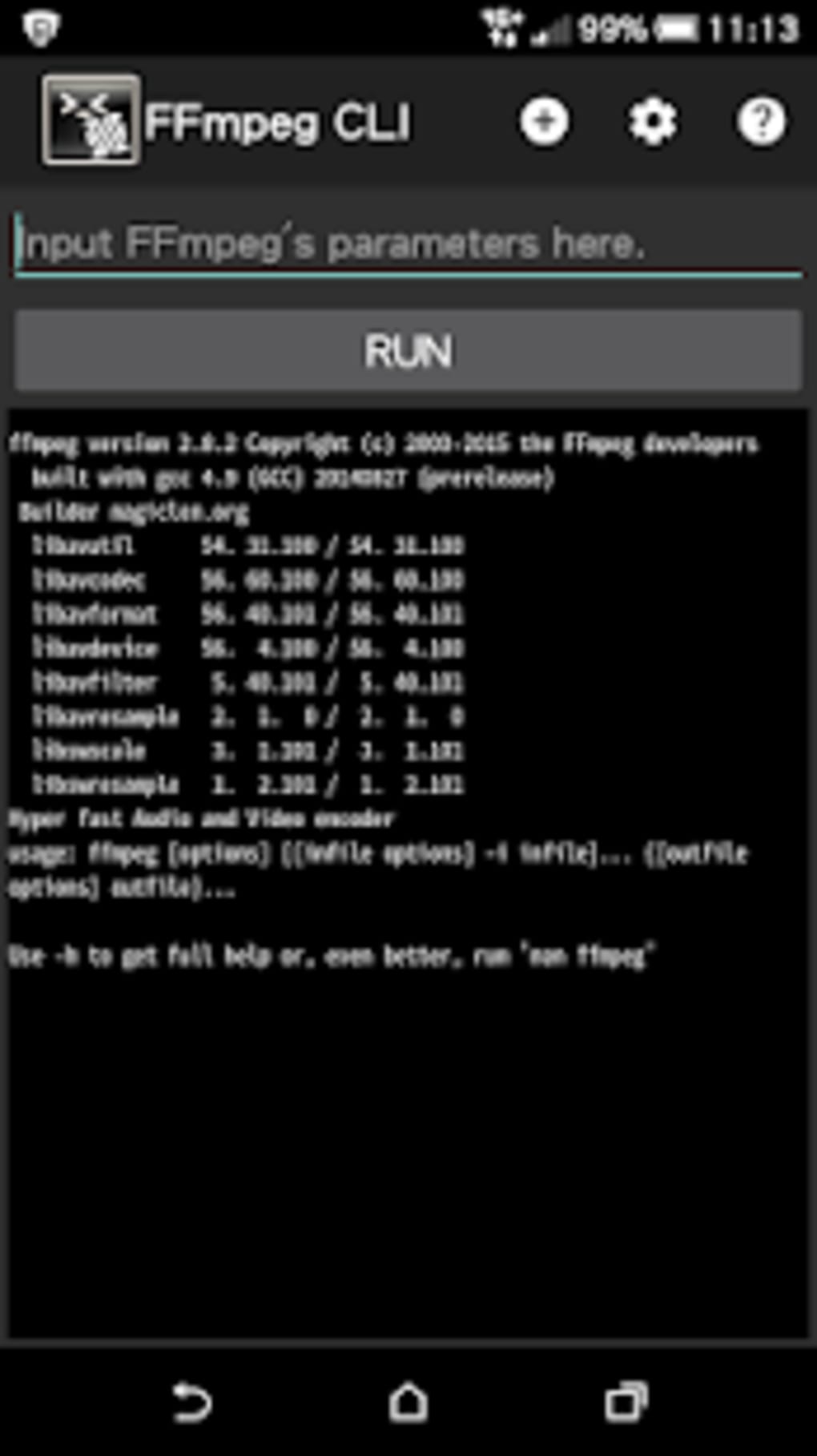


Now it’s worth mentioning what FFmpeg actually is. With this in mind I choose the second option. This means I need enough control over FFmpeg building process.

I’d like to create a smallest possible Android app that fulfills my task now and is prepared to possible additional goals in the future. And there is a price here too: this way is more time consuming, because you have to compile the FFmpeg on your own and bind its native calls to your JVM part. That way also simplifies migration to newer versions of FFmpeg. You can also add external libraries according to your needs. Thus you will be able to package exactly stuff you need and to be sure you support all necessary ABIs. Moreover, such libraries may even miss 64-bit support which is mandatory nowadays. But this simplicity comes with a price: you don’t control the content of that library, you just accept whatever is or isn’t prebuilt. And you don’t have to deal with all this compilation stuff. This is a good option if you have time constraint, because everything is ready to be used by your Java/Kotlin codebase. Use already existed Java library that wraps prebuilt FFmpeg binaries.How can we solve it with FFmpeg? We have two options: We could show info about audio and subtitles too, but let’s keep focus on video only. Also we would like to actually display a frame from the video. Imagine we have to make an app that shows basic info about a video file: container and video codec info and a frame size.


 0 kommentar(er)
0 kommentar(er)
